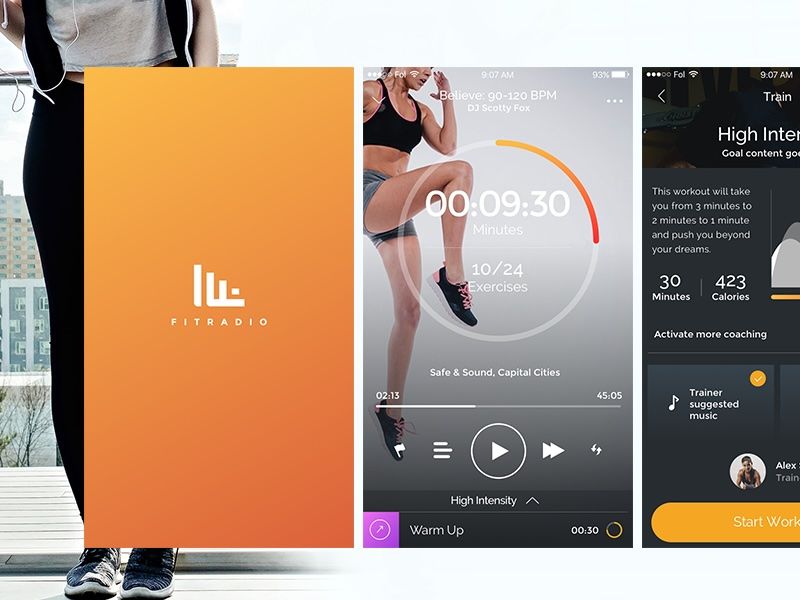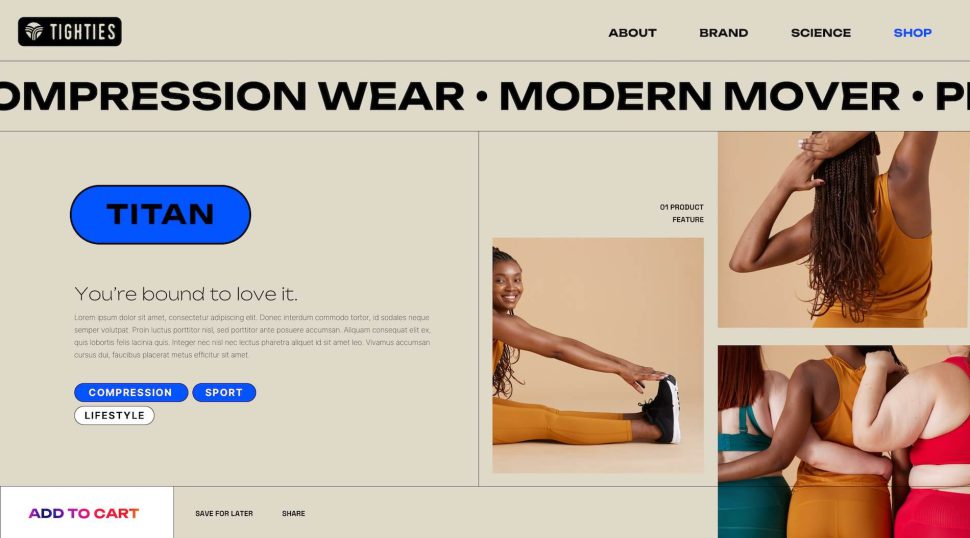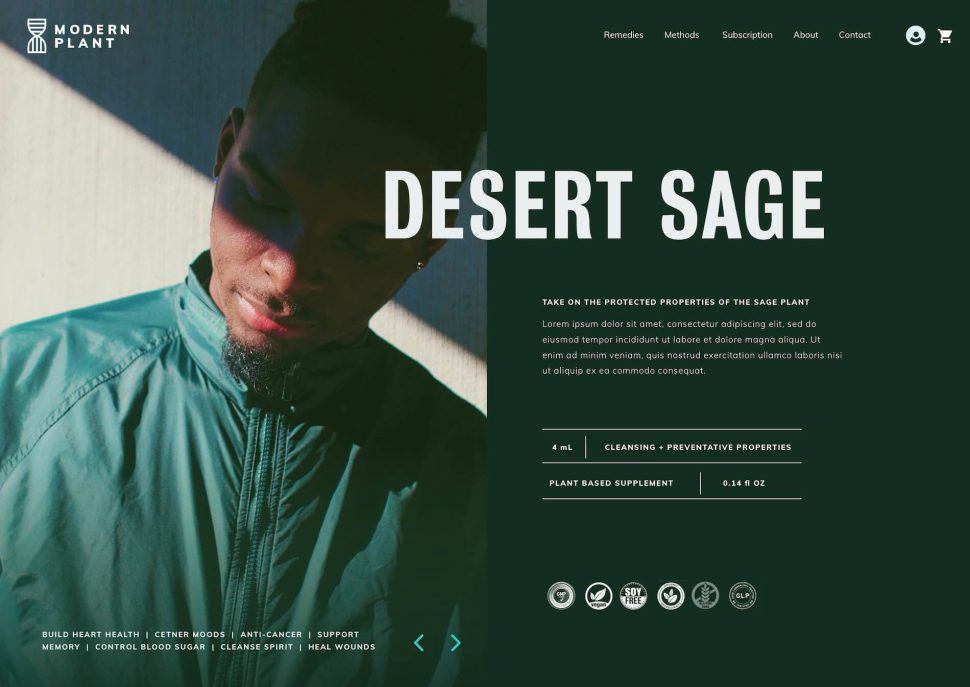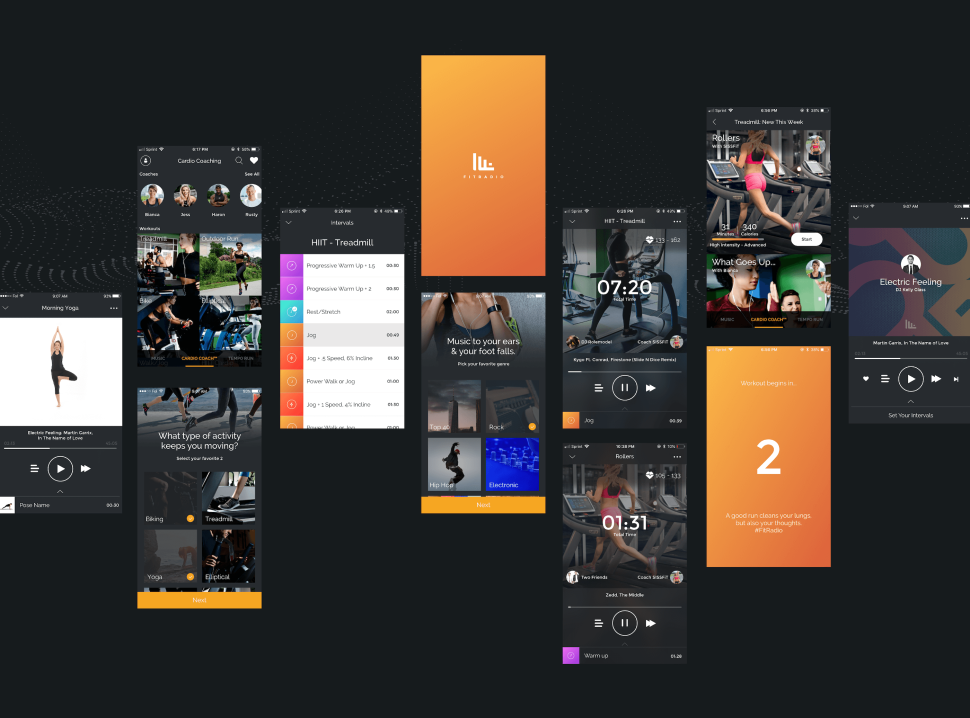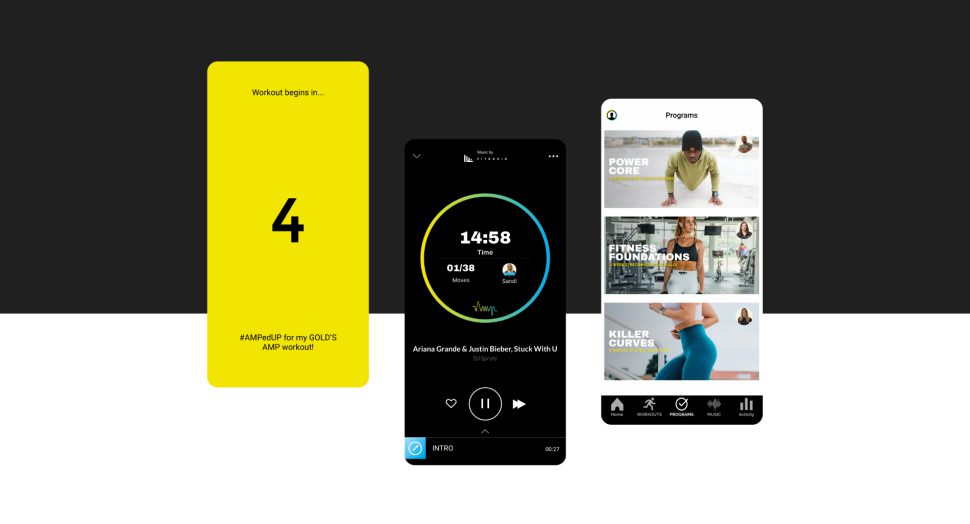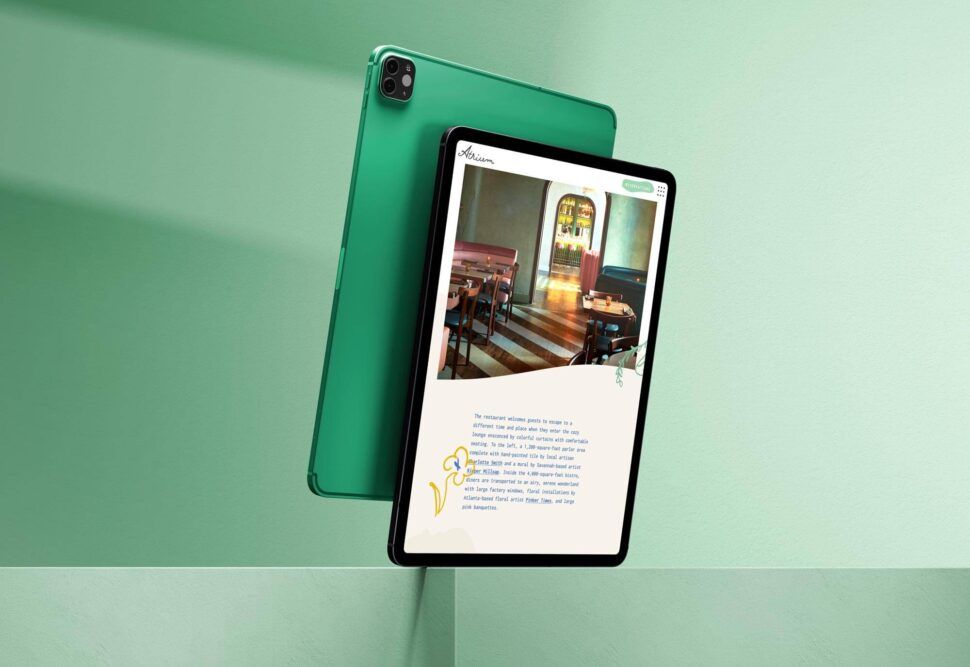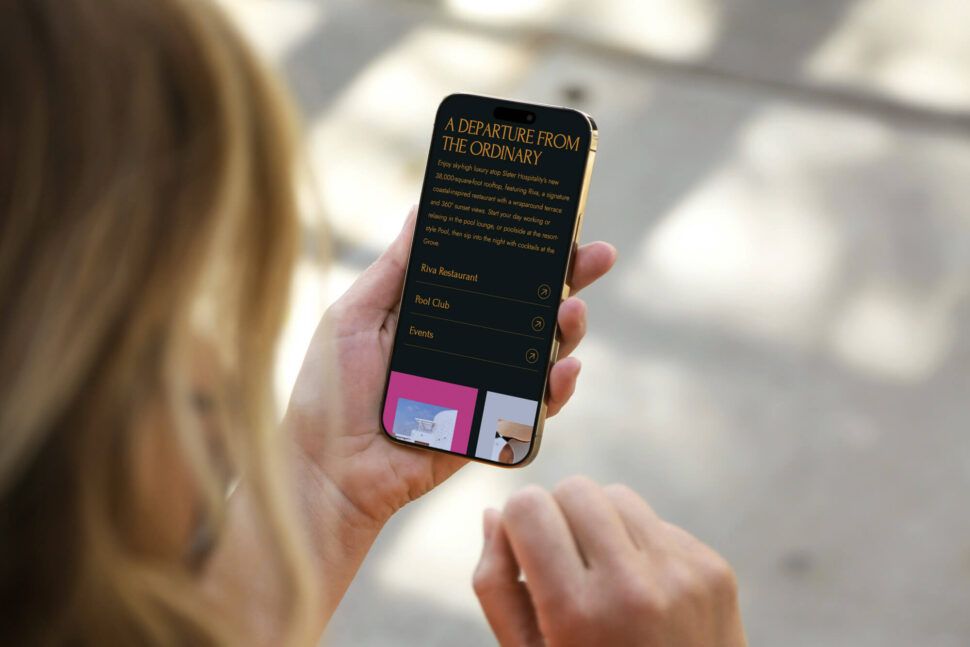May 31, 2024
UX Design Best Practices for Creating Engaging Experiences
- Visual Soldiers
- UX/UI Design
- minute read
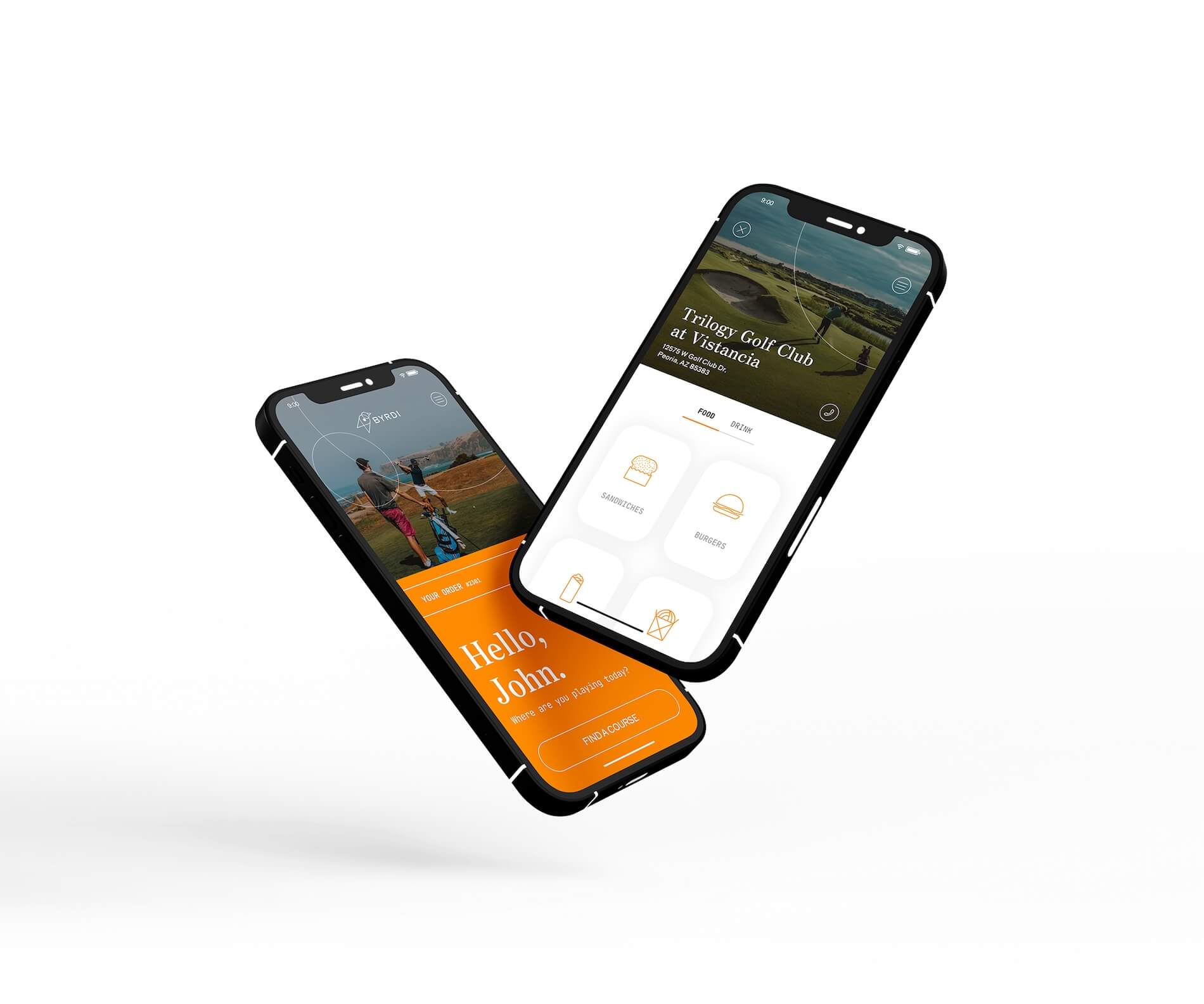
Understanding UX Design
UX design stands at the forefront of creating effective and engaging digital experiences. At its core, UX, or user experience design, focuses on ensuring user satisfaction by designing products that are both usable and delightful. This discipline involves a deep understanding of users’ needs, behaviors, and motivations.
Key Strategies for Enhanced User Experience
To create truly engaging and effective digital products, several best practices should be followed in UX design. These strategies are essential in guiding users smoothly from their entry point right through to the end of their journey.
Research and User Understanding
In-depth user research is the foundation of any effective UX design strategy. Understanding the user’s environment, challenges, and needs leads to insights that shape the entire product development process. Employ methods like surveys, interviews, and usability testing to gather relevant data.
Clear and Intuitive Navigation
Simplicity in navigation significantly enhances user engagement. A clear, logical, and consistent navigation structure ensures users find what they need without confusion. Prioritize accessibility, making sure that your digital product is easily navigable for all users, including those with disabilities.
Consistency in Design Elements
Consistency is key in UX design. It ensures that users feel familiar with your interface, regardless of which part of the product they are interacting with. Use consistent themes, colors, typography, and interface elements across all pages to create a cohesive experience.
Responsive and Adaptive Design
When everyone has the latest device, responsive design is indispensable. A UX design that adapts seamlessly to various screen sizes and orientations enhances user engagement and satisfaction. Ensure your design performs well on all devices, from desktops to smartphones.
Enhancing Emotional Engagement
To stand out in a crowded market, products must connect with users on an emotional level. Engaging users emotionally can turn casual users into loyal advocates for your product.
Emotive Content and Aesthetics
The emotional impact of visual design can never be underestimated. Use colors, images, and typography that evoke the right emotional responses from your target audience. An aesthetically pleasing design not only attracts users but also retains their attention and interest.
Microinteractions
Microinteractions are small, engaging moments built into the application that enhance the user’s experience and provide feedback. Examples include subtle animations when a task is completed or when a button is pressed. These small actions can significantly enhance the overall user experience, making your digital product feel intuitive and alive.
Usability and Accessibility
Ensuring your UX design is accessible to all users is not just a best practice—it is a necessity. Accessibility involves designing products that are usable by all people with varied abilities, including those impaired by age, disability, or situational constraints.
Simple and Direct Communication
Avoid jargon and overly technical language in your content. Clear communication is fundamental in creating an engaging UX. Ensure all text is easy to read and understand, providing information directly and succinctly.
Feedback and Adaptation
User feedback is invaluable in refining UX design. Regularly seek out what users like and dislike about your product, and make adjustments accordingly. This not only improves the product but also shows users that their input is valued, enhancing user satisfaction.
Conclusion
Adhering to these UX design best practices will significantly enhance the quality of the digital experiences you create. From thorough user research to responsive design, and from emotional engagement to practical usability, each aspect plays a pivotal role in crafting engaging digital solutions that meet user expectations. By focusing on these areas, designers and developers can ensure their products are not just usable, but truly delightful.
